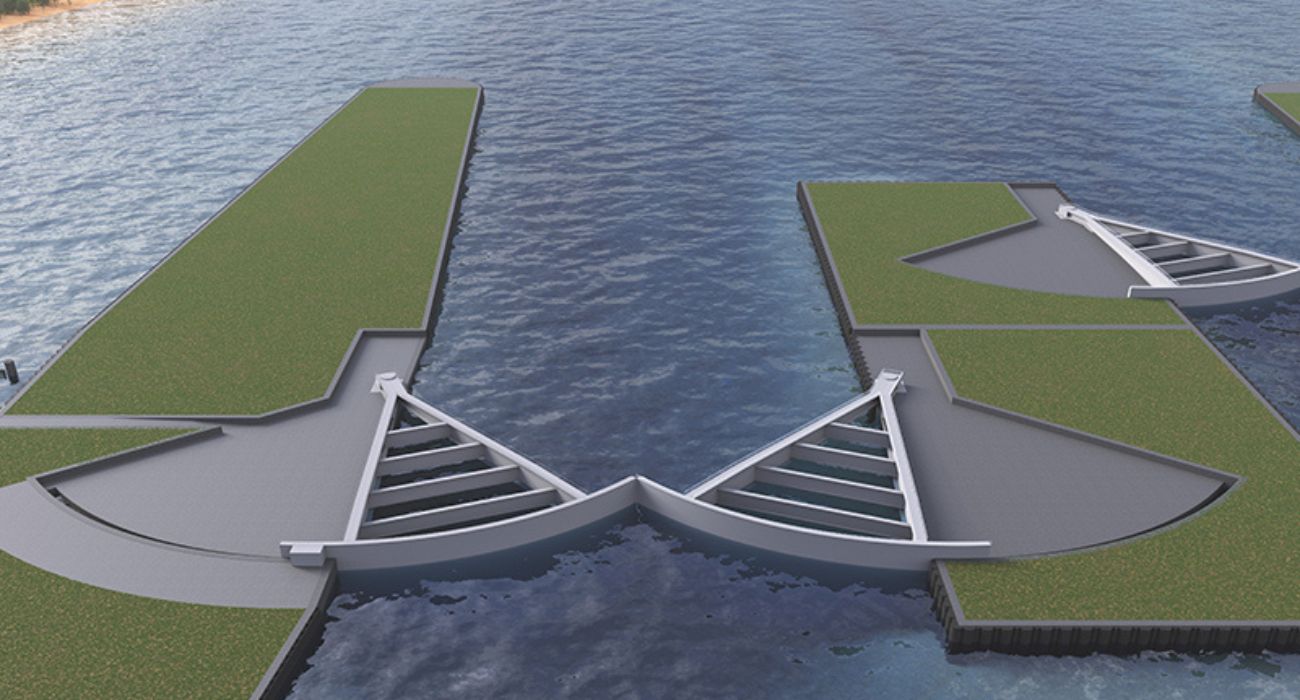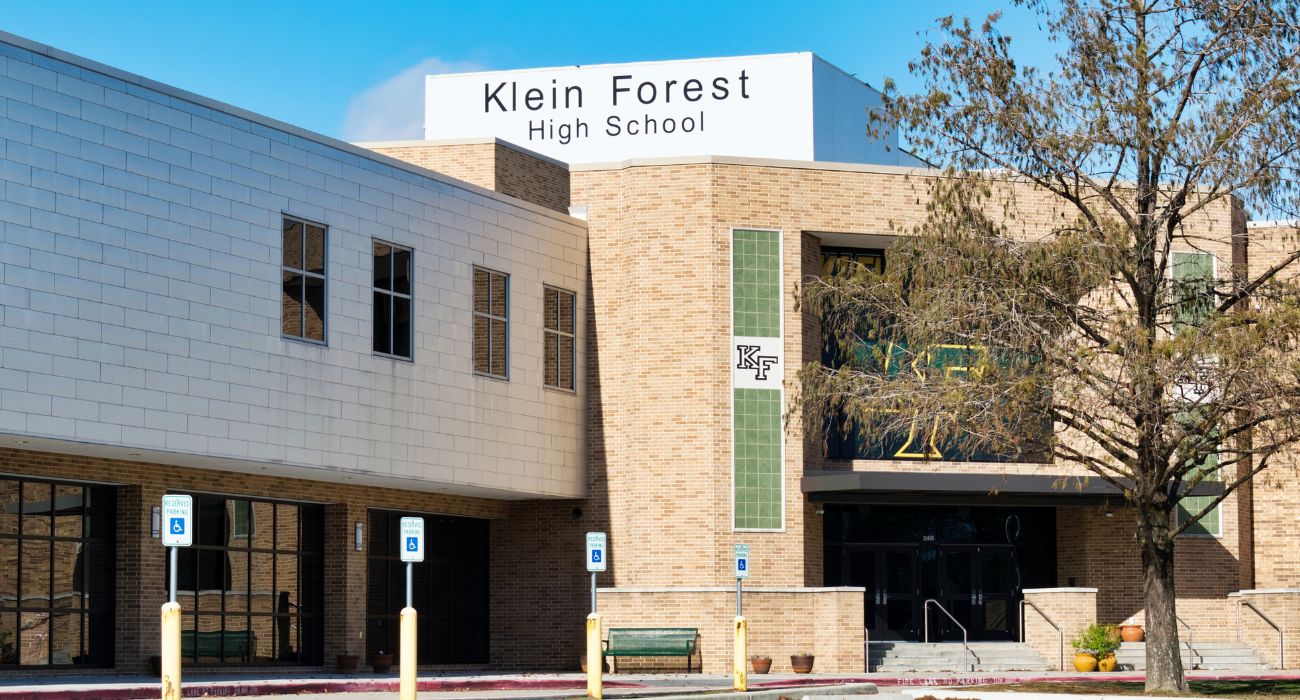Texas officials are pushing for the construction of a massive storm suppression system extending from Galveston to Corpus Christi along the eastern Texas coastline, but funding it poses a challenge.
“We have to have a local funding source to not only build the system, but to maintain it,” Galveston Mayor Craig Brown said, according to Fox News.
The $30 billion project to create a coastal barrier has long been in the works.
Over five years, the U.S. Army Corps of Engineers (USACE) and the Texas General Land Office (GLO) conducted a $19.8 million study of how to best protect the Texas coast — including Galveston Island, the Bolivar Peninsula, and Galveston Bay — from storm surge flooding.
The answer, they determined, was a massive system — colloquially referred to as the Ike Dike — of 37 floodgates capable of blocking a storm surge of up to 22 feet.
“They’re each a football field wide; they’re 62 feet tall. And in open position, they’ll be up here in the air,” Kelly Burks-Copes, USACE project manager, told Houston Public Media. “There’s about a 10-story stanchion between each one that will hold them up in the air, and then when they’re deployed, they drop down.”
This would not only make the Texas coast more resilient during storms, but it would also see the state recover more quickly after them.
“The Coastal Texas Project is going to be one of the largest projects in the history of the Corps of Engineers,” explained Maj. Ian P. O’Sullivan, deputy commander of the Galveston district’s mega projects division, according to The Daily News.
Although USACE already launched a massive recruitment campaign in Galveston in March to add as many as 500 new employees to its ranks before the end of the year, many questions would need to be answered before construction on the barrier can begin.
Some of these surround how ships will navigate through the floodgate system and how the ecosystem will be affected, but the major one is funding.
Texas lawmakers created the Gulf Coast Protection District (GCPD) in 2021 as a tax entity tasked with raising funds for the project.
USACE finally received the green light to begin planning the storm suppression system from the Biden administration in December of last year. However, federal funds won’t be released unless non-federal entities can come up with 35% of the final cost.
In April, Texas legislators allocated $500 million to GCPD for the protection of the coast. Although this sum is still short of the 35% required, it will give the project some traction.
“Now we can kind of start moving forward in a way we hadn’t been able to before,” Nicole Sunstrum, GCPD’s executive director, told Houston Public Media.
Sunstrum added that she expects federal funds to be released this month and is still exploring various funding avenues.
When the project manages to get off the ground, some, like Burks-Copes, say that the benefits will be far-reaching.
“The intent here is a national issue. For example, if the Houston Port, which is the largest port in the nation, shuts down as a result of a hurricane, the rest of the country will feel that impact,” she explained, according to Fox News.
In the wake of 2017’s Hurricane Harvey, a hike in gas prices was seen across the country as the local refineries struggled to recover. Around 12% of the total U.S. crude oil imports as of May 2018 passed through Houston and Galveston ports.
As The Dallas Express recently reported, supply chain issues seen during the COVID-19 pandemic continue to persist today.
While securing local funding for the project is one problem, another is that the massive project could take as many as 15 years to complete, according to The Texas Tribune.
Mayor Brown noted that frequent flooding has been occurring in Galveston even without a storm passing through, according to Fox News.
As The Dallas Express reported, this hurricane season is expected to be relatively mild. But there is no guarantee that a hurricane or major storm won’t hit Texas’ eastern coast before the coastal project can be built.







Trackbacks/Pingbacks